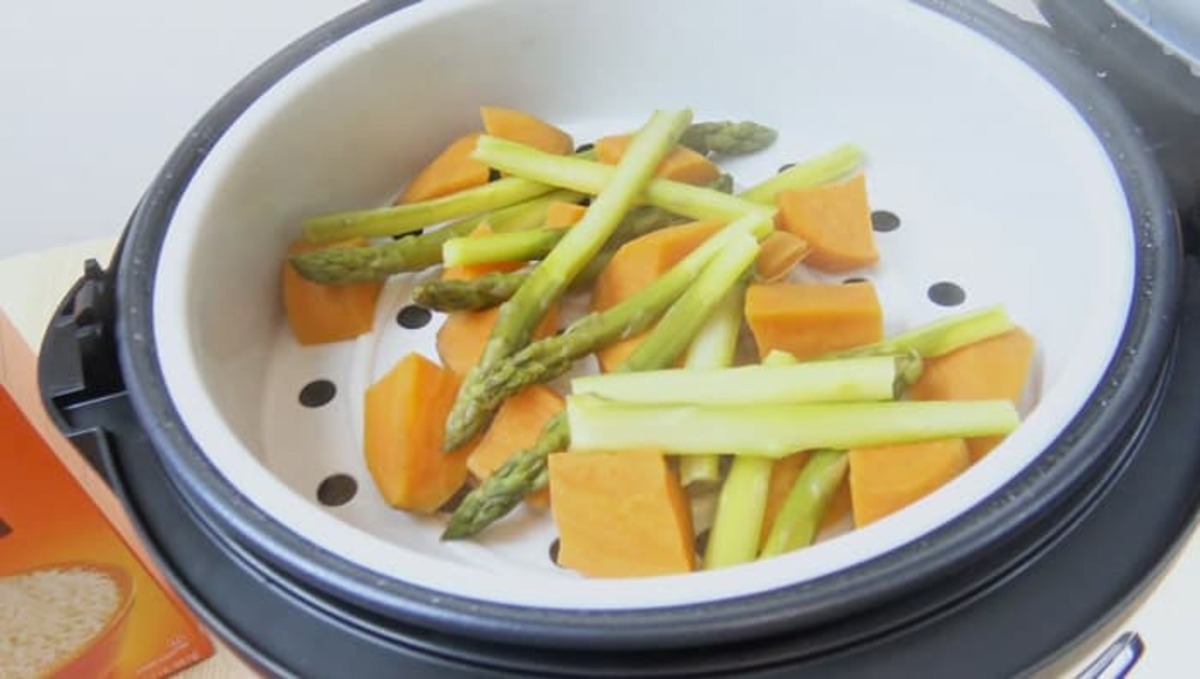

Articles
How To Cook Vegetables In A Rice Cooker
Modified: August 27, 2024
Discover the easiest way to cook vegetables with a rice cooker. Our informative articles will guide you through the process step by step.
(Many of the links in this article redirect to a specific reviewed product. Your purchase of these products through affiliate links helps to generate commission for Storables.com, at no extra cost. Learn more)
Introduction
Cooking vegetables in a rice cooker is a convenient and efficient way to incorporate healthy and nutritious foods into your diet. While rice cookers are commonly used for cooking rice, they can also be used to steam and cook vegetables to perfection. Whether you’re a seasoned chef or a novice in the kitchen, using a rice cooker to cook vegetables is a simple and hassle-free method that yields delicious results.
One of the main benefits of cooking vegetables in a rice cooker is the ability to retain the maximum amount of nutrients. Steaming or cooking vegetables in a rice cooker helps to retain their natural colors, flavors, and textures, ensuring that you get the most out of your ingredients. Additionally, cooking vegetables in a rice cooker requires minimal effort and attention, as the cooker takes care of the cooking process for you. This makes it a great option for busy individuals who want to prioritize their health without spending too much time in the kitchen.
Not only does cooking vegetables in a rice cooker offer numerous health benefits, but it also allows for versatility in the types of vegetables you can cook. From tender greens like spinach and kale to root vegetables like carrots and potatoes, a rice cooker can handle a wide variety of vegetables. This means you can explore different flavors and textures by experimenting with various vegetable combinations in your rice cooker.
Before you start cooking vegetables in your rice cooker, it is important to properly prepare the vegetables. This involves cleaning and trimming the vegetables, as well as cutting them into appropriate sizes to ensure even cooking. By taking the time to prepare your vegetables properly, you can achieve optimal results and avoid any unwanted surprises when it comes to texture and taste.
In this article, we will provide step-by-step instructions on how to cook vegetables in a rice cooker, as well as share some helpful tips to ensure your vegetable cooking endeavors are successful. Additionally, we will compare cooking vegetables in a rice cooker to other cooking methods and address common questions about this cooking technique. So, let’s dive in and discover the wonderful world of cooking vegetables in a rice cooker!
Key Takeaways:
- Cooking vegetables in a rice cooker retains nutrients, preserves flavors, and offers convenience, making it a healthy and efficient cooking method for a variety of vegetables.
- Proper preparation, seasoning, and using a rice cooker’s steamer basket are key to achieving perfectly cooked and flavorful vegetables with minimal effort and easy cleanup.
Read more: How To Use The Neuro Fuzzy Rice Cooker
Benefits of Cooking Vegetables in a Rice Cooker
Cooking vegetables in a rice cooker offers a range of benefits that make it a popular choice among health-conscious individuals. Here are some key advantages of using a rice cooker to cook your vegetables:
- Retains Nutritional Value: One of the primary benefits of cooking vegetables in a rice cooker is that it helps to preserve the nutritional value of the vegetables. Steaming the vegetables helps retain their vitamins, minerals, and antioxidants, ensuring that you get the maximum health benefits from your meals.
- Convenience: Using a rice cooker to cook vegetables is incredibly convenient. Once you have prepared and placed the vegetables in the cooker, you can simply set the timer and let it do the work for you. This frees up your time and allows you to focus on other tasks while your vegetables are cooking.
- Uniform Cooking: Rice cookers provide even heat distribution, resulting in uniform cooking of the vegetables. This means that each piece of vegetable will be cooked to perfection, with the right amount of tenderness and texture.
- Preserves Flavor and Texture: Cooking vegetables in a rice cooker helps to maintain the natural flavors and textures of the vegetables. Unlike boiling or microwaving, which can cause vegetables to become mushy or lose their vibrant colors, the gentle steaming process in a rice cooker helps preserve their freshness and appeal.
- Less Oil and Fat: When you cook vegetables in a rice cooker, you typically don’t need to add extra oil or fat. The steaming process helps to bring out the natural flavors of the vegetables without the need for excessive fats or oils, making it a healthier option for those watching their fat intake.
- Easy Cleanup: Rice cookers are known for their non-stick cooking surfaces, which makes cleaning up after cooking vegetables a breeze. Simply remove the cooked vegetables, rinse the pot, and wipe it down. Say goodbye to scrubbing pots and pans!
- Versatility: Rice cookers are not limited to cooking rice alone. Most modern rice cookers come with a steamer basket or tray, which can be used to cook vegetables, proteins, and even desserts. This versatility makes a rice cooker a valuable addition to any kitchen.
Overall, cooking vegetables in a rice cooker offers a convenient, healthy, and efficient way to enjoy a wide variety of vegetables. Whether you’re looking to add more nutrients to your diet or simply want to simplify your cooking process, a rice cooker is a valuable tool that can help you achieve delicious and nutritious vegetable dishes with minimal effort.
Types of Vegetables Suitable for Cooking in a Rice Cooker
A rice cooker is a versatile appliance that can handle a wide range of vegetables. However, certain types of vegetables are particularly well-suited for cooking in a rice cooker. Here are some examples:
- Leafy Greens: Vegetables like spinach, kale, Swiss chard, and collard greens are excellent choices for cooking in a rice cooker. These leafy greens can be easily steamed in the cooker, retaining their vibrant colors and delicate textures.
- Cruciferous Vegetables: Broccoli, cauliflower, and Brussels sprouts are cruciferous vegetables that can be cooked to perfection in a rice cooker. The gentle steaming process helps to soften these vegetables without overcooking them, resulting in a crisp yet tender texture.
- Root Vegetables: Carrots, potatoes, sweet potatoes, and beets are root vegetables that can be easily cooked in a rice cooker. These vegetables can be sliced or cubed before cooking, and the rice cooker will ensure even and thorough cooking.
- Squash and Zucchini: Squash varieties like butternut squash, acorn squash, and zucchini are well-suited for cooking in a rice cooker. These vegetables become tender and flavorful when steamed, making them a delicious addition to any meal.
- Peppers: Bell peppers and hot peppers can also be cooked in a rice cooker. Whether you prefer them crisp or slightly softer, the rice cooker can help you achieve the desired texture while retaining their natural flavors.
- Green Beans and Peas: Green beans and peas are versatile vegetables that can be easily steamed in a rice cooker. The cooker helps to maintain their vibrant green color and tender texture, making them a great addition to salads, stir-fries, or as a standalone side dish.
- Corn: Corn on the cob or corn kernels can be cooked in a rice cooker with ease. Simply remove the corn husks and silk, place the corn in the cooker, and let it steam until cooked to your liking.
- Mushrooms: Mushrooms are a flavorful addition to any dish, and they can be easily cooked in a rice cooker. Whether you’re using button mushrooms, shiitake mushrooms, or portobello mushrooms, the rice cooker will help to maintain their earthy flavor and tender texture.
These are just a few examples of the many types of vegetables that can be cooked in a rice cooker. Feel free to experiment with different vegetable combinations to create delicious and nutritious meals that suit your palate. The possibilities are endless when it comes to cooking vegetables in a rice cooker!
Preparing the Vegetables
Properly preparing the vegetables before cooking in a rice cooker is essential to ensure even cooking and optimal results. Here are some steps to follow when preparing vegetables for cooking in a rice cooker:
- Clean the vegetables: Start by thoroughly cleaning the vegetables you plan to cook. Rinse them under cold water to remove any dirt, debris, or pesticides. Use a vegetable brush if necessary to scrub away any stubborn dirt. Pat them dry with a clean kitchen towel or paper towels.
- Trim and cut: Next, trim off any stems, leaves, or spots that are discolored or wilted. For larger vegetables like broccoli or cauliflower, separate them into florets. For leafy greens, remove the tough stems and tear the leaves into bite-sized pieces. For root vegetables, peel off the skin (if desired) and cut them into uniform pieces to ensure even cooking.
- Size matters: It’s important to cut the vegetables into uniform sizes so that they cook evenly in the rice cooker. Smaller pieces will cook faster, while larger pieces may take longer. Aim for bite-sized pieces that will be easy to eat and have a consistent texture.
- Select suitable cookware: If your rice cooker comes with a steamer basket or tray, use it to hold the vegetables. If not, you can use a heat-safe dish or a heat-proof colander that fits inside the rice cooker. Make sure that the vegetables have enough space to steam and cook without overcrowding.
- Add seasoning (optional): Depending on your preference, you can season the vegetables before cooking. Add a sprinkle of salt, a drizzle of olive oil, or your favorite herbs and spices to enhance the flavor. Toss the vegetables gently to ensure that the seasoning is evenly distributed.
- Add water: To create steam and cook the vegetables, add a small amount of water to the rice cooker. The exact amount will vary depending on the model of your rice cooker. Refer to the manufacturer’s instructions for guidance on the appropriate amount of water to use.
- Place the vegetables: Arrange the prepared vegetables in the steamer basket or colander, ensuring that they are evenly spread out. If you have different types of vegetables, place those with longer cooking times at the bottom and more tender vegetables on top.
- Cooking time: Set the cooking time according to the vegetable type and size. Tender vegetables like leafy greens may only need a few minutes, while denser vegetables like root vegetables may require longer cooking times. Refer to a vegetable cooking chart or the manufacturer’s instructions for suggested cooking times.
- Check for doneness: Towards the end of the cooking time, check the vegetables for doneness by piercing them with a fork. They should be tender but still have a slight crunch. If they need more time, continue cooking in short intervals until they reach the desired texture.
By properly preparing your vegetables before cooking in a rice cooker, you can ensure that they are cooked evenly and taste delicious. Take the time to clean, trim, cut, and season your vegetables to enhance their flavors and textures. And remember, the size and type of vegetables will play a role in the cooking time, so adjust accordingly to achieve the perfect results.
Step-by-Step Instructions for Cooking Vegetables in a Rice Cooker
Cooking vegetables in a rice cooker is a simple and straightforward process. Here are step-by-step instructions to help you cook vegetables to perfection in your rice cooker:
- Prepare the vegetables: Clean the vegetables thoroughly by rinsing them under cold water and patting them dry. Trim, cut, and chop the vegetables into uniform sizes to ensure even cooking.
- Add water: Fill the rice cooker pot with the appropriate amount of water. Consult the manufacturer’s instructions for the recommended water level based on the vegetable quantity and the size of your rice cooker.
- Place the vegetables: If your rice cooker comes with a steamer basket or tray, place the prepared vegetables in it. Otherwise, you can use a heat-proof colander or dish that fits inside the rice cooker. Make sure the vegetables are spread out evenly for proper steaming.
- Seasoning (optional): If desired, season the vegetables with salt, pepper, herbs, or spices to enhance their flavors. Toss gently to ensure even distribution of the seasoning.
- Set the timer: Close the rice cooker lid and set the appropriate cooking time. The cooking time will vary depending on the vegetable type, size, and your desired level of tenderness. Refer to a vegetable cooking chart or the manufacturer’s instructions for suggested cooking times.
- Start cooking: Turn on the rice cooker and let it do its magic. The vegetables will steam and cook in the gentle heat, ensuring they retain their nutrients and flavors.
- Check for doneness: Towards the end of the cooking time, check the vegetables by inserting a fork into them. They should be tender but still have a slight crunch. If they require more cooking, continue in short intervals until they reach the desired texture.
- Remove and serve: Once the vegetables are cooked to your liking, carefully remove them from the rice cooker using tongs or a heat-resistant utensil. Serve immediately and enjoy!
- Cleanup: After cooking, allow the rice cooker to cool down. Dispose of the cooking water and clean the pot, steamer basket, or colander with warm, soapy water. Rinse well and let them dry before storing.
By following these simple steps, you can easily cook vegetables in a rice cooker and create delicious and nutritious meals. Remember to adjust the cooking time and seasoning based on your vegetable preferences and the capabilities of your rice cooker. With practice, you’ll become a pro at using your rice cooker to cook a variety of vegetables to perfection!
Add a little bit of water to the rice cooker before adding the vegetables to create steam for cooking. Cut the vegetables into similar sizes for even cooking.
Read more: How To Cook Fluffy Rice In A Rice Cooker
Tips for Perfect Vegetable Cooking in a Rice Cooker
To ensure that your vegetables are cooked perfectly and retain their flavor and nutrients when using a rice cooker, here are some helpful tips:
- Choose fresh and high-quality vegetables: Start with fresh and high-quality vegetables to ensure the best results. Fresh vegetables will have better texture, taste, and nutritional value.
- Size and uniformity: Cut your vegetables into uniform sizes to ensure even cooking. Smaller pieces will cook faster, while larger pieces may require more time.
- Don’t overfill the rice cooker: Avoid overfilling the rice cooker with vegetables. Leave some space for the steam to circulate and cook the vegetables evenly.
- Don’t overcook: Keep an eye on the cooking time to avoid overcooking the vegetables. Overcooked vegetables can become mushy and lose their nutritional value.
- Add seasoning wisely: Season your vegetables with salt, pepper, herbs, or spices before cooking. However, be mindful of the amount of seasoning you use, as excessive seasoning can overpower the natural flavors of the vegetables.
- Add flavor with aromatics: Enhance the taste of your vegetables by adding some aromatic ingredients like garlic, ginger, or herbs to the rice cooker. These flavors will infuse into the vegetables as they cook.
- Control the water level: Adjust the amount of water you add to the rice cooker based on the vegetable type and quantity. Some vegetables release more moisture during cooking, so be mindful not to add too much water, which can lead to soggy vegetables.
- Use the steamer basket: If your rice cooker comes with a steamer basket, use it to cook the vegetables. The steamer basket allows the vegetables to be elevated above the water, ensuring they are steamed rather than boiled.
- Stagger cooking times: If you’re cooking vegetables with different cooking times, stagger their addition to the rice cooker. Add vegetables with longer cooking times first and then add the quicker-cooking ones later to ensure they all finish cooking at the same time.
- Experiment with flavors: Don’t be afraid to experiment with different seasonings, herbs, or spices to add variety and depth of flavor to your vegetable dishes. This can turn a simple vegetable dish into a delightful culinary experience.
By following these tips, you can elevate your vegetable cooking game in a rice cooker. Remember that practice makes perfect, so don’t be discouraged if it takes a few tries to get your vegetables just right. With time, you’ll become more familiar with your rice cooker’s cooking times and capabilities, allowing you to create delicious and healthy vegetable dishes with ease.
Comparison of Cooking Vegetables in a Rice Cooker vs. Other Methods
Cooking vegetables in a rice cooker is just one of the many methods available to prepare your favorite greens. Let’s compare cooking vegetables in a rice cooker to other common methods to see how it stacks up:
- Boiling: Boiling vegetables involves submerging them in hot water until they are cooked. While boiling is quick and straightforward, it can lead to nutrient loss as the water-soluble vitamins leach into the cooking water. In contrast, using a rice cooker to steam vegetables helps retain their nutrients, resulting in healthier and more flavorful dishes.
- Sautéing: Sautéing requires tossing vegetables in a hot pan with oil or butter. This method can add flavor and create a nice texture, but it often requires constant attention and can result in overcooking if not carefully monitored. Using a rice cooker eliminates the need for constant vigilance, making it a more hands-off approach to cooking vegetables.
- Microwaving: Microwaving vegetables is a quick and convenient method, but it can sometimes lead to uneven cooking and a loss of texture. Rice cookers, on the other hand, provide even heat distribution, resulting in uniform cooking and better texture of the vegetables.
- Oven Roasting: Roasting vegetables in the oven can create a delightful caramelized flavor, but it can be time-consuming and usually requires preheating the oven. A rice cooker offers a faster cooking time and requires minimal preparation, making it a more efficient option for busy individuals.
- Grilling: Grilling vegetables can impart a smoky flavor and charred marks, creating a unique taste experience. However, it requires an outdoor grill or stovetop grill pan and can be more labor-intensive. A rice cooker provides a simple alternative for cooking vegetables without the need for grilling equipment.
The choice between cooking methods ultimately depends on your personal preference, convenience, and the desired outcome. While each method has its advantages, cooking vegetables in a rice cooker offers a balance of convenience, health benefits, and consistent results.
Using a rice cooker allows for gentle steaming, which helps retain the natural flavors, colors, and nutrients of the vegetables. It’s a simple and efficient way to cook a variety of vegetables, saving you time and effort in the kitchen. Additionally, a rice cooker offers the flexibility to add seasoning or herbs to enhance the taste of your vegetables.
However, it’s important to note that some cooking methods may still be preferable for specific recipes or when you desire a particular taste or texture. It’s always a good idea to explore different cooking techniques to discover the ones that best suit your preferences and dietary needs.
In the end, cooking vegetables in a rice cooker provides a convenient, healthy, and reliable method that can easily fit into your daily cooking routine.
Frequently Asked Questions about Cooking Vegetables in a Rice Cooker
1. Can I cook frozen vegetables in a rice cooker?
Yes, you can cook frozen vegetables in a rice cooker. Simply follow the same steps as you would with fresh vegetables, but adjust the cooking time slightly as frozen vegetables may take a little longer to cook. It’s also a good idea to thaw the vegetables partially before cooking to ensure they cook evenly.
2. Can I cook multiple types of vegetables together in a rice cooker?
Absolutely! Cooking multiple types of vegetables together in a rice cooker is a great way to create flavorful and well-rounded dishes. Just make sure to consider the different cooking times of each vegetable and add them to the rice cooker accordingly. Start with vegetables that require more time and gradually add those that cook faster to ensure all the vegetables are cooked to perfection.
3. What can I do if the vegetables turn out too soft?
If your vegetables turn out softer than desired, try reducing the cooking time slightly or cutting the vegetables into larger pieces next time. Additionally, make sure you are adding the right amount of water to the rice cooker, as too much water can result in overcooking and mushy vegetables.
4. Can I season the vegetables after cooking?
Yes, you can season the vegetables after they are cooked in the rice cooker. Seasoning the vegetables soon after cooking can help enhance their flavors. You can add salt, pepper, herbs, spices, or even sauces according to your taste preferences.
5. Can I cook vegetables without adding water?
When cooking vegetables in a rice cooker, it’s important to add a small amount of water to create steam. The steam will cook the vegetables gently and help to retain their nutrients and flavors. However, be careful not to add too much water, as it can prevent the vegetables from steaming properly and result in a soggy texture.
6. Can I reheat leftover vegetables in a rice cooker?
Yes, you can reheat leftover vegetables in a rice cooker. Simply place the leftovers in the rice cooker and heat them on a low setting until they reach the desired temperature. Make sure to occasionally stir the vegetables to ensure even heating.
7. Can I use a rice cooker to cook vegetables for stir-fries or other dishes?
Absolutely! While a rice cooker is typically used for steaming vegetables, you can also use it as a pre-cooking method for dishes like stir-fries. By partially cooking the vegetables in the rice cooker, you can reduce the overall cooking time and ensure that the vegetables are cooked evenly.
Remember, each rice cooker may vary in terms of cooking techniques and capabilities, so always refer to the manufacturer’s instructions for best results. If you have any specific questions or concerns, don’t hesitate to reach out to the manufacturer or consult a cooking expert for guidance.
Happy vegetable cooking in your rice cooker!
Conclusion
Cooking vegetables in a rice cooker is a convenient and effective way to incorporate healthy and nutritious foods into your diet. By steaming vegetables in a rice cooker, you can retain their vibrant colors, flavors, and essential nutrients, resulting in delicious and wholesome meals.
We explored the benefits of cooking vegetables in a rice cooker, including the retention of nutritional value, convenience, uniform cooking, preservation of flavor and texture, and the ability to use less oil and fat. We also discussed the wide range of vegetables suitable for cooking in a rice cooker, from leafy greens to root vegetables and beyond.
When preparing vegetables for the rice cooker, it’s important to clean, trim, cut, and size them appropriately to ensure even cooking. The step-by-step instructions provided a clear guide for cooking vegetables in a rice cooker, including adding water, seasoning, and setting the cooking time.
Tips such as choosing fresh vegetables, avoiding overfilling the rice cooker, and experimenting with flavors helped optimize the vegetable cooking process. Furthermore, we compared cooking vegetables in a rice cooker to other methods, highlighting the advantages of retaining nutrients, convenience, and consistent results.
Lastly, we addressed frequently asked questions about cooking vegetables in a rice cooker, covering topics such as cooking frozen vegetables, seasoning, cooking without water, and reheating leftovers. By providing answers to these common queries, we aimed to alleviate any uncertainties and encourage successful vegetable cooking in a rice cooker.
In conclusion, cooking vegetables in a rice cooker is a fantastic way to enjoy healthy, flavorful, and nutrient-rich meals. Whether you’re a busy individual looking for a convenient cooking method or a health-conscious individual seeking to optimize your vegetable intake, the rice cooker can be your trusty ally. So, grab your favorite vegetables, fire up your rice cooker, and embark on a culinary adventure that will delight your taste buds and nourish your body.
Ready to expand your culinary skills even further? If mastering vegetable cooking in a rice cooker piqued your interest, you'll definitely want to check out our next guide on steam cooking. Dive into the simplicity and health benefits of preparing chicken using a steamer. Not only does this method preserve flavors and nutrients, but it also cuts down on cooking time, making your meal prep both efficient and delicious.
Frequently Asked Questions about How To Cook Vegetables In A Rice Cooker
Was this page helpful?
At Storables.com, we guarantee accurate and reliable information. Our content, validated by Expert Board Contributors, is crafted following stringent Editorial Policies. We're committed to providing you with well-researched, expert-backed insights for all your informational needs.
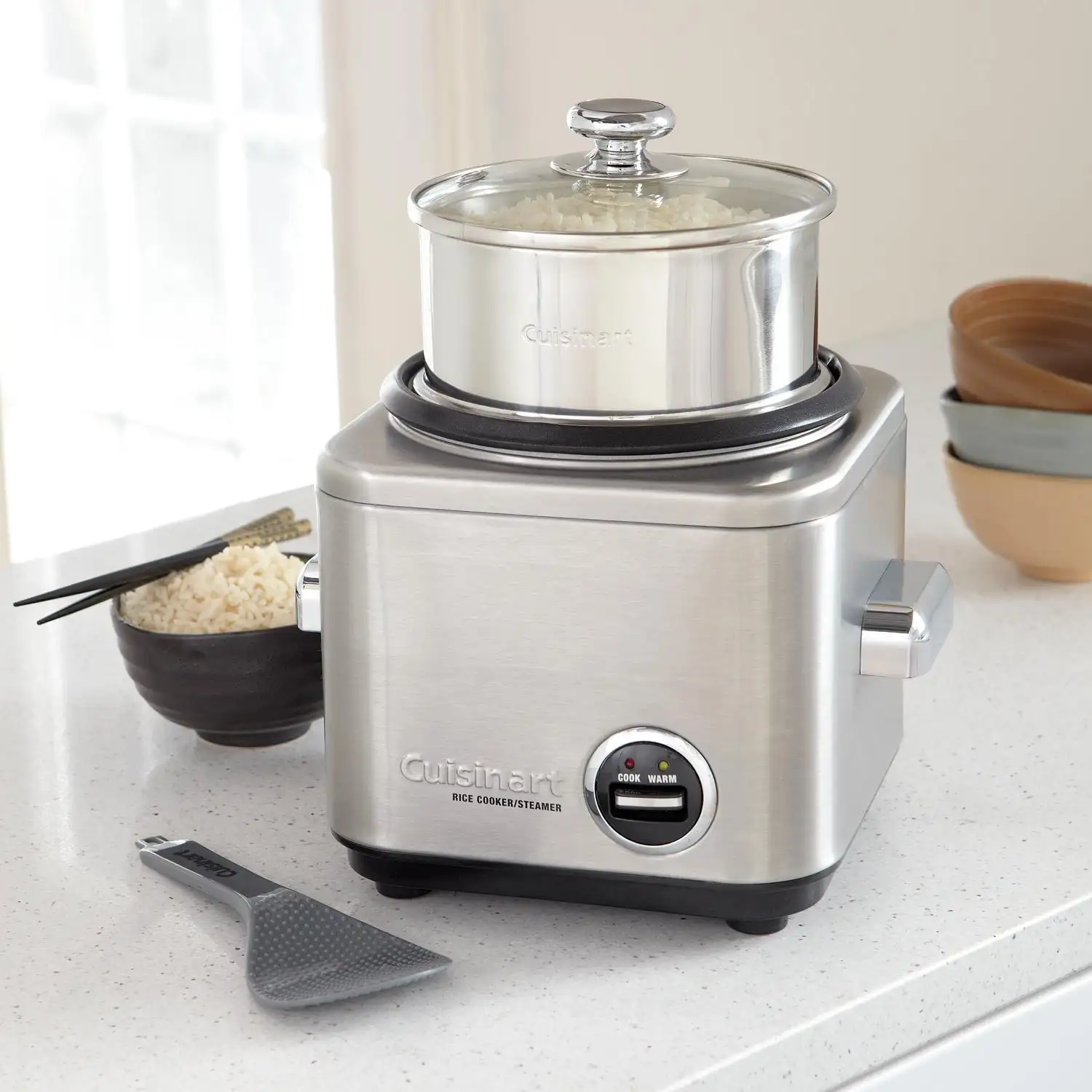
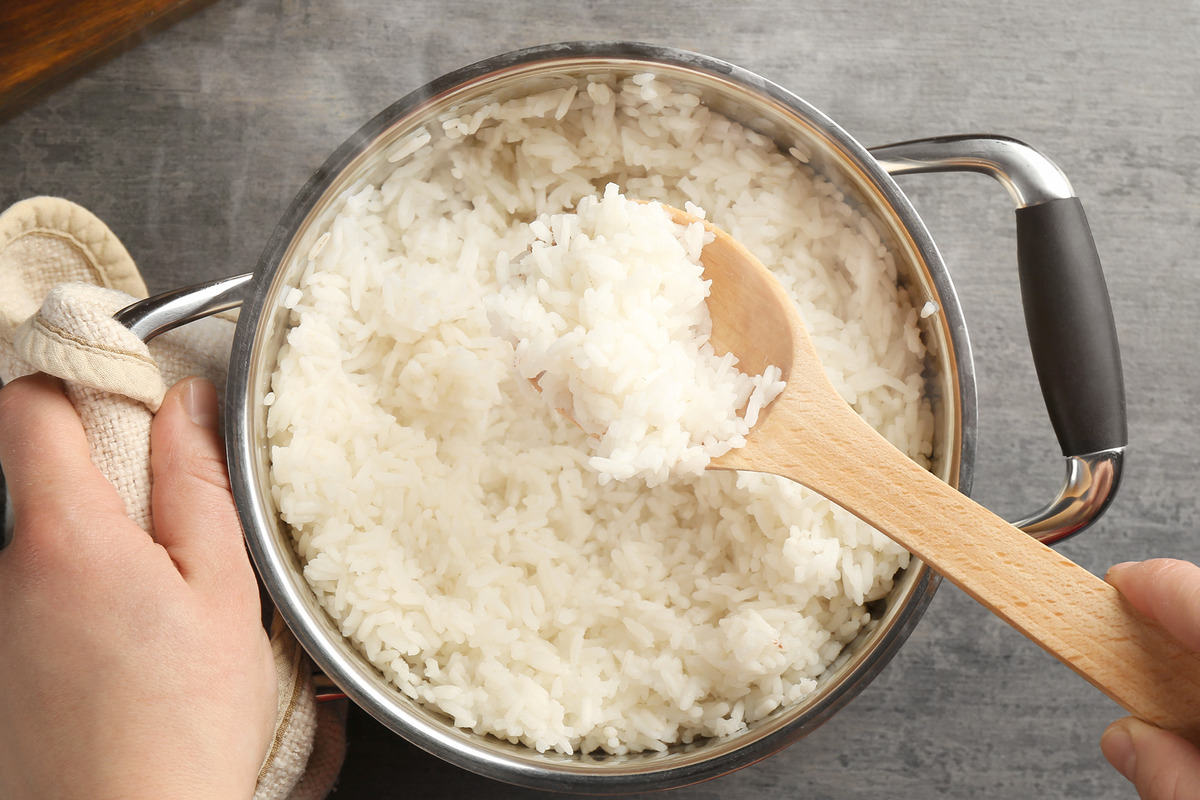
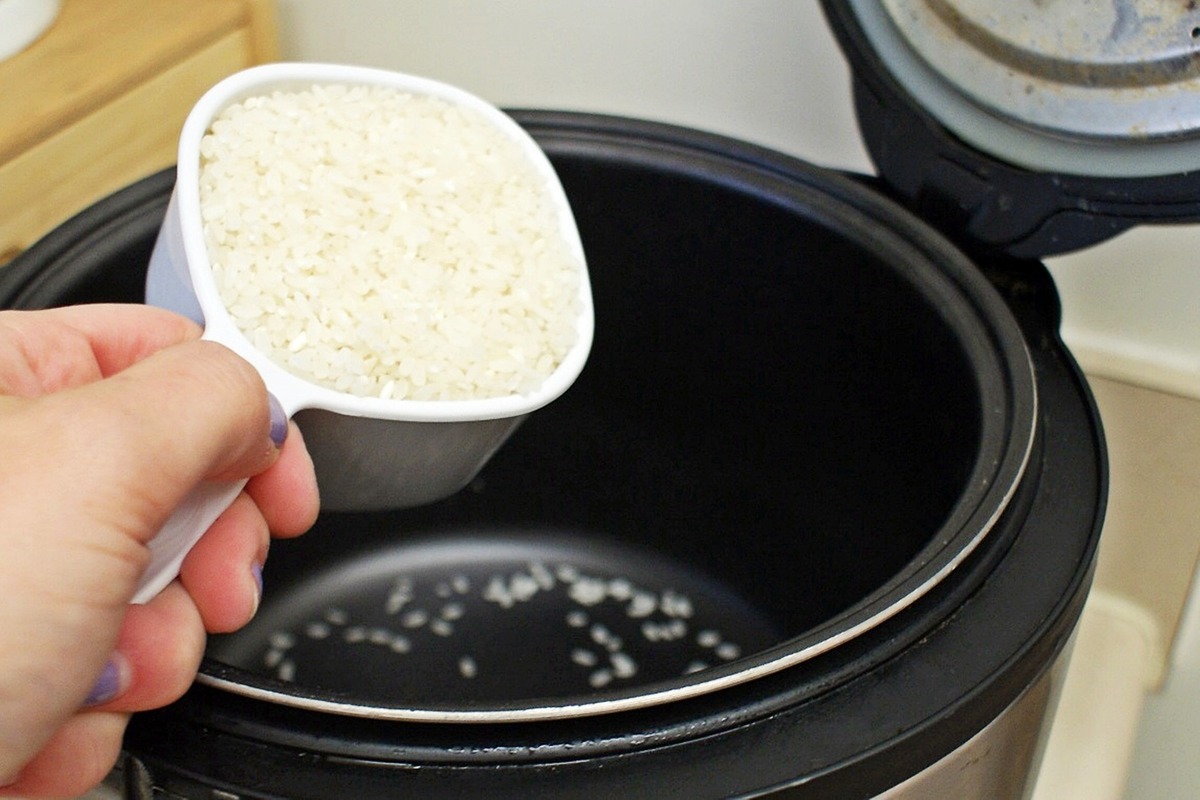

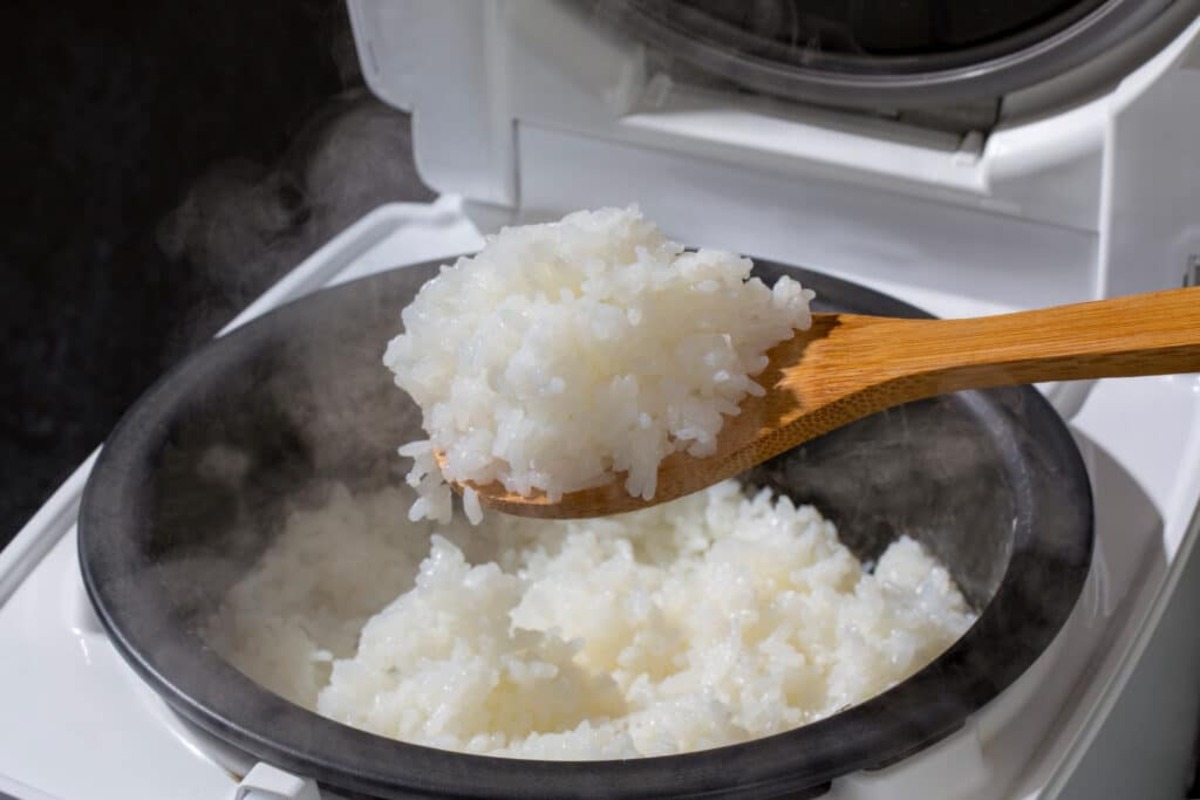
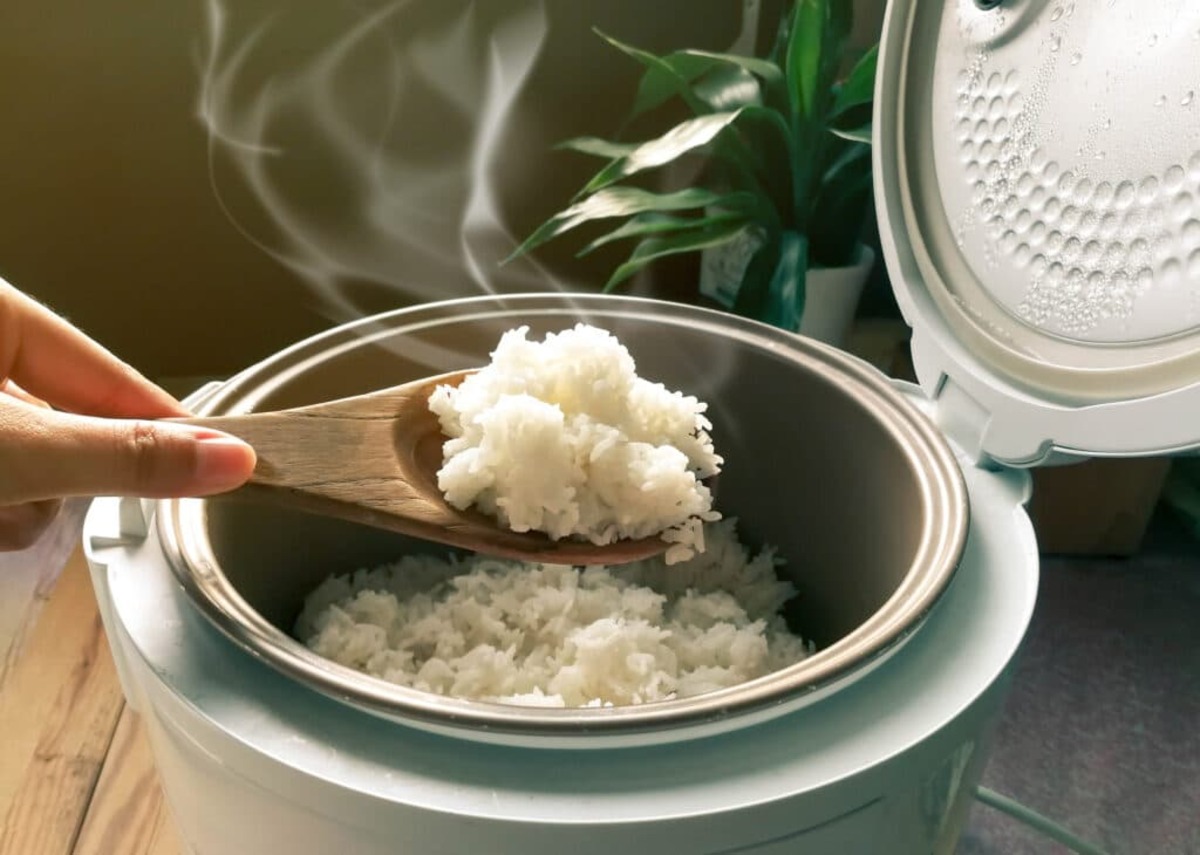
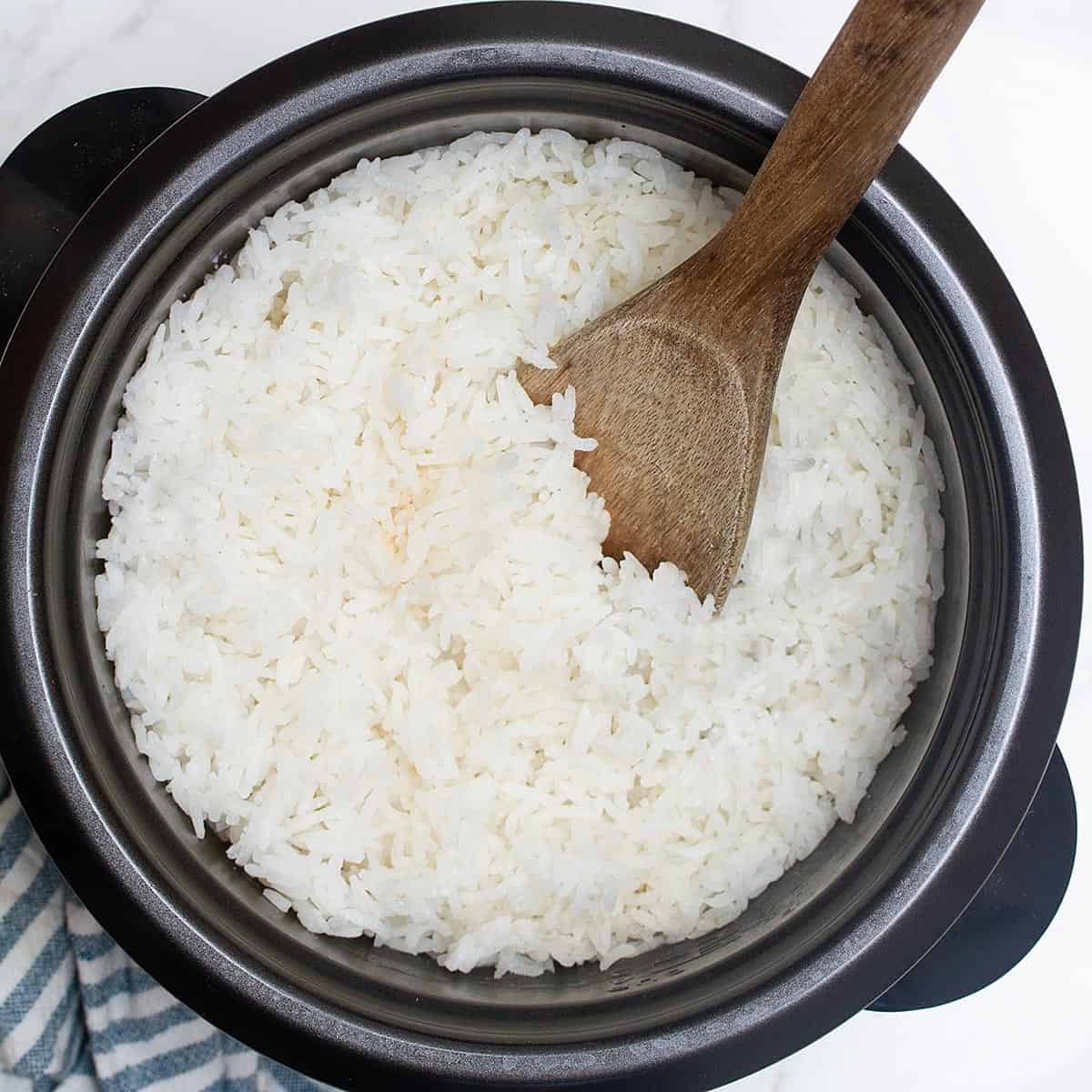
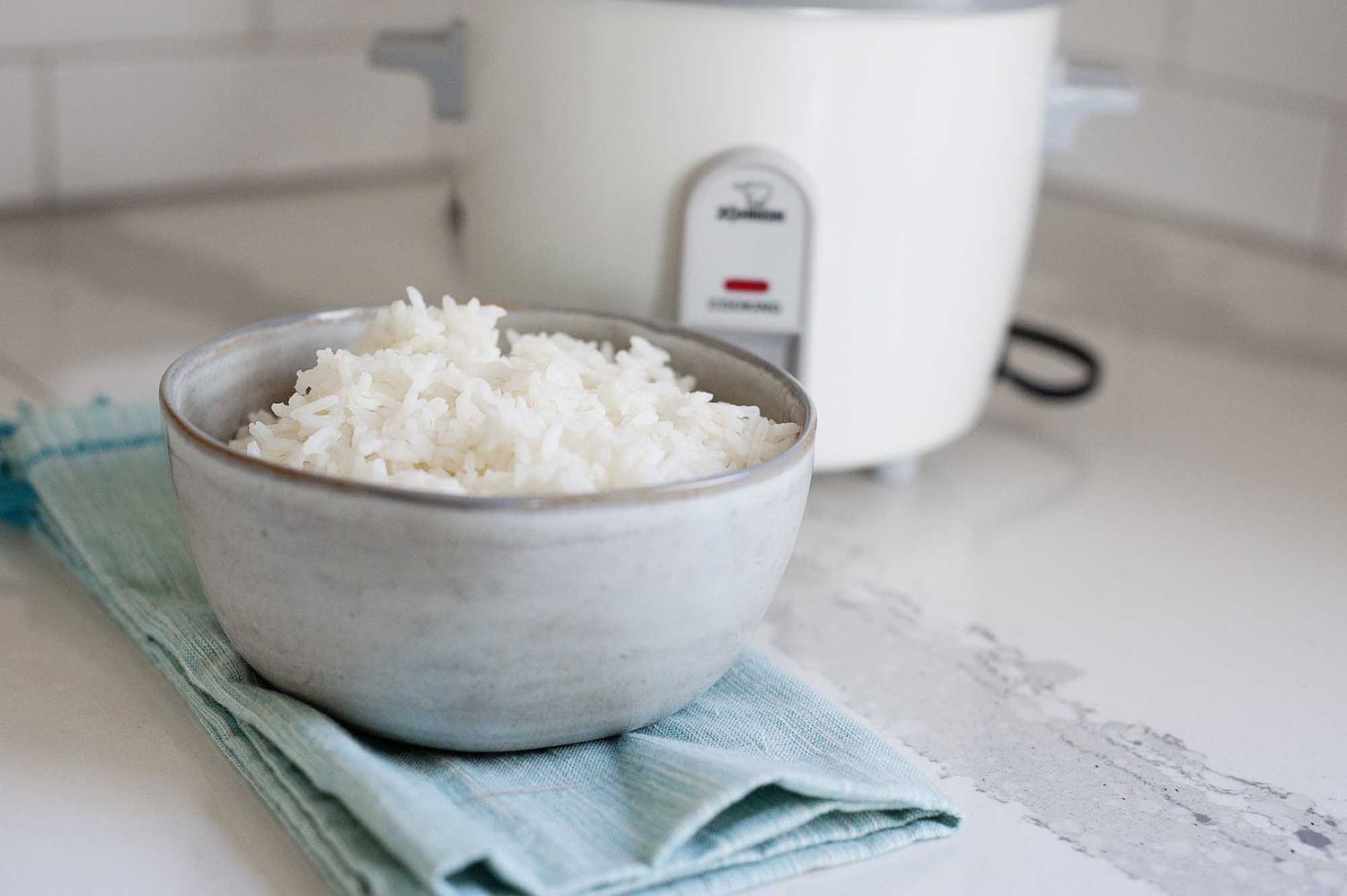
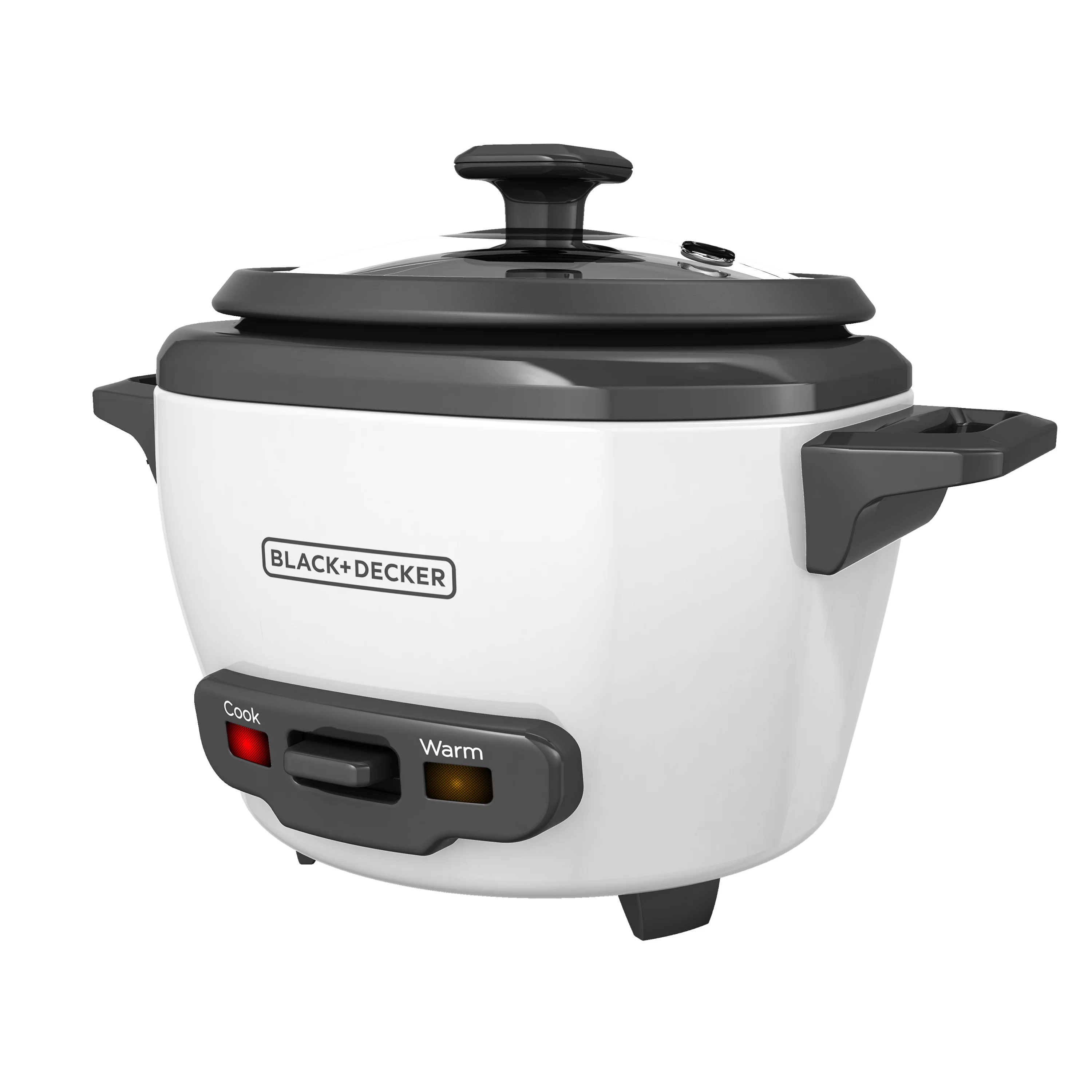
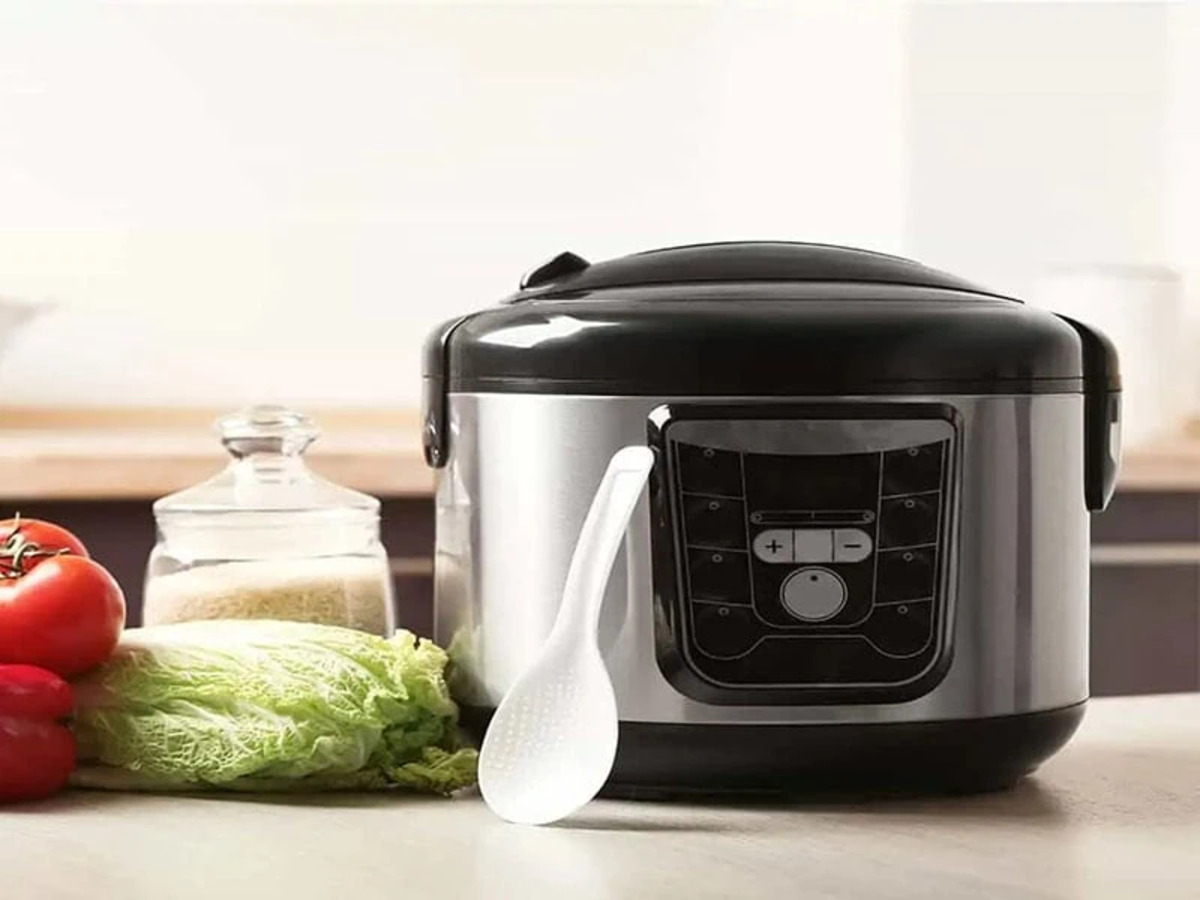
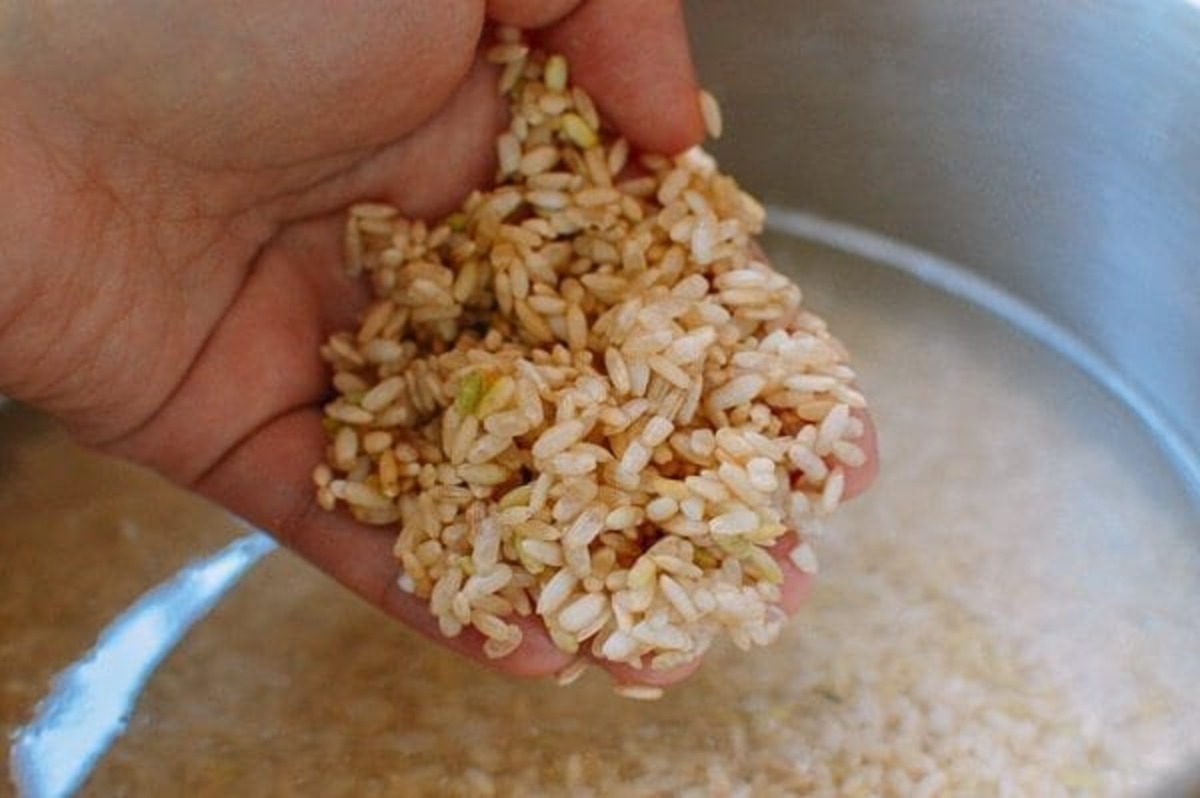
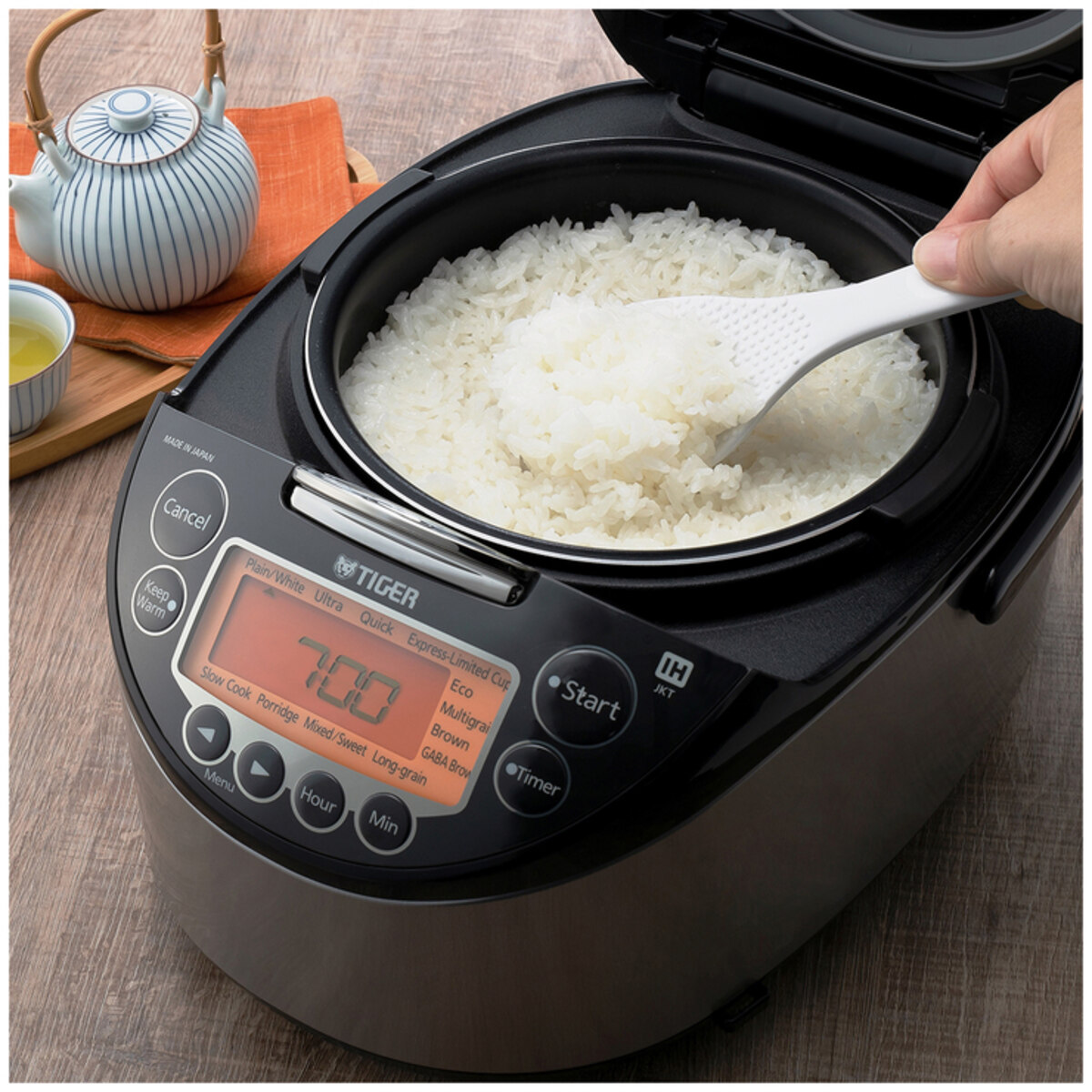
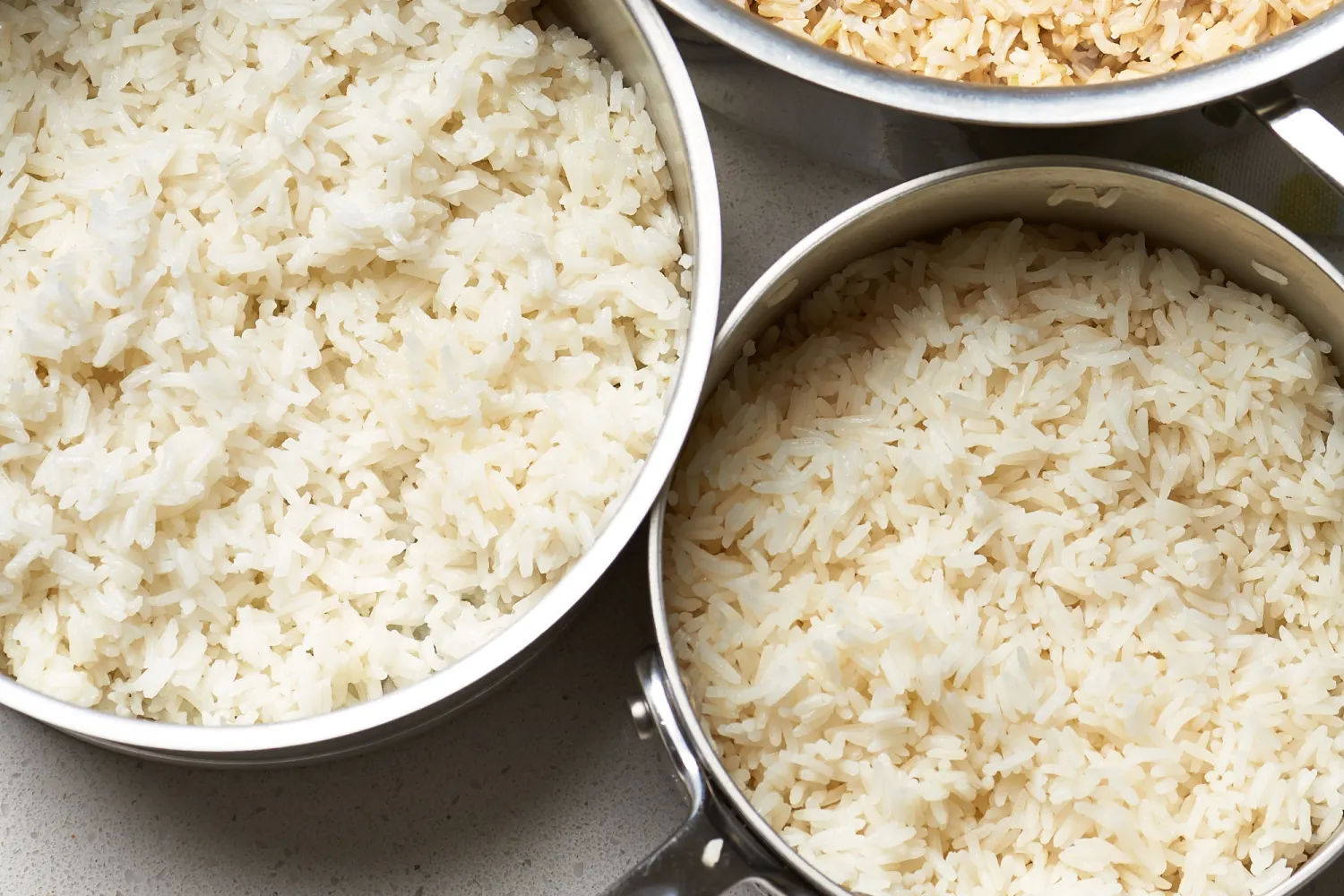


0 thoughts on “How To Cook Vegetables In A Rice Cooker”